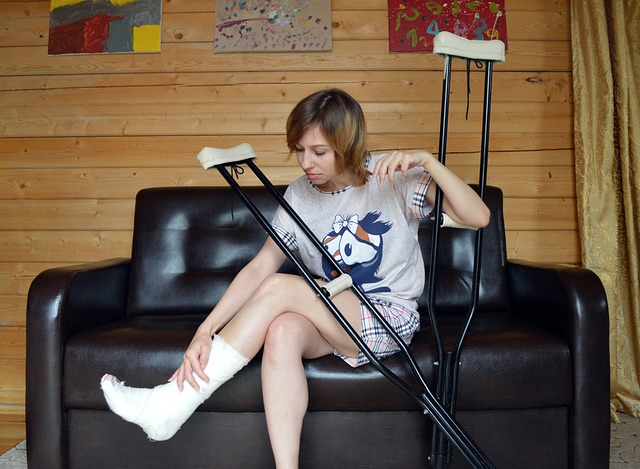Introduction
Overcoming Setbacks: Building Muscle After Injury
Injuries can be frustrating setbacks on the road to fitness, but they don’t have to derail your progress entirely. With the right approach to rehabilitation and training, it’s possible to not only recover from injury but also build muscle and regain strength.
The Importance of Proper Recovery
Proper recovery is essential for rebuilding muscle after an injury. This includes rest, rehabilitation exercises, and a gradual return to physical activity under the guidance of healthcare professionals.
Understanding Muscle Growth
Muscle Atrophy: Understanding the Impact of Injury
When you’re injured, your muscles can weaken and atrophy due to decreased activity and immobilization. This loss of muscle mass can prolong recovery and make it more challenging to regain strength.
Rehabilitation and Regeneration
Rehabilitation exercises are crucial for rebuilding muscle after injury. Physical therapy, strength training, and targeted exercises can help stimulate muscle growth and improve function in the affected area.
Designing a Safe Training Program
Consultation with Healthcare Professionals
Before starting any exercise program after an injury, it’s essential to consult with your healthcare provider or physical therapist. They can assess your condition, provide guidance on safe exercises, and help you develop a customized training plan.
Gradual Progression and Modification
When returning to exercise after an injury, it’s important to start slowly and gradually increase intensity and volume over time. Modify exercises as needed to accommodate any limitations or discomfort and prioritize proper form and technique to prevent re-injury.
Nutrition and Supplementation
Supporting Recovery with Proper Nutrition
Nutrition plays a critical role in muscle recovery and growth. Focus on consuming a balanced diet rich in lean protein, healthy fats, and complex carbohydrates to provide your body with the nutrients it needs to repair and rebuild muscle tissue.
The Role of Supplements in Healing
While supplements can be beneficial for supporting recovery, they should not replace a balanced diet. Consider incorporating supplements like protein powder, creatine, and collagen to support muscle repair and reduce inflammation, but always consult with a healthcare professional before adding any new supplements to your regimen.
Overcoming Mental Barriers
Managing Fear of Re-Injury
After an injury, it’s natural to feel hesitant or fearful about returning to exercise. However, overcoming these mental barriers is crucial for rebuilding strength and confidence. Focus on your progress, celebrate small victories, and trust in your body’s ability to heal and adapt.
Cultivating a Positive Mindset
Maintaining a positive mindset is key to overcoming setbacks and staying motivated during the recovery process. Surround yourself with supportive friends and family, set realistic goals, and focus on the progress you’re making rather than dwelling on setbacks.
Conclusion
Recovering from injury and building muscle mass is a journey that requires patience, dedication, and proper guidance. By focusing on proper recovery, designing a safe training program, prioritizing nutrition and supplementation, and overcoming mental barriers, you can not only regain strength but also emerge stronger and more resilient than before.
FAQs
Is it safe to exercise after an injury?
Yes, but it’s essential to start slowly and gradually increase intensity and volume under the guidance of a healthcare professional to prevent re-injury.
How soon can I start strength training after an injury?
The timing depends on the type and severity of the injury. Consult with your healthcare provider or physical therapist to determine the appropriate timeline for returning to strength training.
Can I still build muscle if I have a chronic injury?
Yes, but it’s crucial to work with your healthcare team to develop a safe and effective exercise program that accommodates your injury and minimizes the risk of further damage.
Should I avoid certain exercises after an injury?
Certain exercises may need to be modified or avoided altogether depending on the nature of your injury. Always follow the guidance of your healthcare provider and listen to your body to prevent exacerbating existing issues.
How can I prevent re-injury while building muscle?
Focus on proper form and technique, gradually increase intensity and volume, prioritize rest and recovery, and listen to your body’s signals to avoid overexertion and minimize the risk of re-injury.




